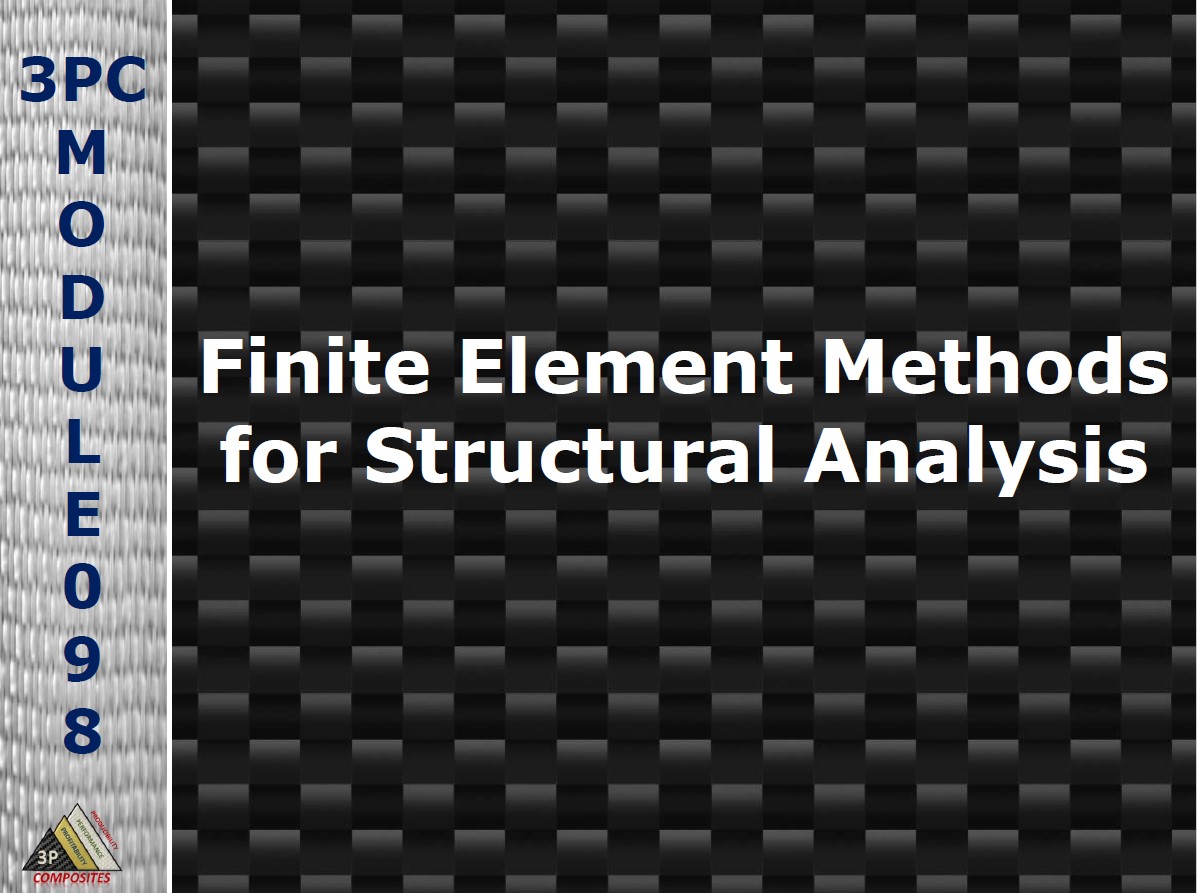The course is also useful for the mid-to-entry level engineering professionals who are using finite element analysis tools as part of their daily work to design, analyze and optimize various products across many industries Here’s why it’s worth mastering FEA:
________________________________________
1. Solve Problems That Can’t Be Solved by Hand
• Many engineering problems — especially in aerospace, automotive, civil, and biomedical engineering — involve complex geometries, boundary conditions, and material behaviors.
• Analytical (hand) solutions exist only for simple cases. FEA breaks down the problem into smaller “elements” and solves them numerically, making it possible to model and predict performance for real designs.
________________________________________
2. Reduce Physical Prototyping Costs
• Instead of building multiple expensive prototypes, you can simulate and optimize designs digitally before manufacturing.
• Saves time and budget in industries where prototyping can cost millions.
________________________________________
3. Understand How Systems Behave
• Provides insight into stresses, deflections, heat transfer, vibrations, fluid flow, and other behaviors.
• Identifies weak points or failure modes early in the design cycle.
________________________________________
4. Essential for Advanced Materials & Structures
• Especially important for composite materials (like carbon fiber), where the behavior is highly directional and complex.
• Lets you incorporate nonlinearities, fatigue, and progressive damage models — things not possible with basic equations.
________________________________________
5. Industry Standard Skill
• Widely used in aerospace, automotive, marine, energy, and biomedical fields.
• Employers expect engineers to have at least a working proficiency in tools like NASTRAN, ANSYS, ABAQUS, or COMSOL.
________________________________________
6. Enables Innovation & Optimization
• Allows engineers to run what-if scenarios and optimize for weight, cost, or performance.
• Supports multi-disciplinary design optimization (e.g., structural + thermal + aerodynamics in one model).
________________________________________
7. Future-Proof Engineering Career
• As industries push for lighter, stronger, more efficient designs, simulation-driven engineering is replacing the old build-and-test approach.
• FEA skills align perfectly with digital twin and AI-assisted design trends.


























